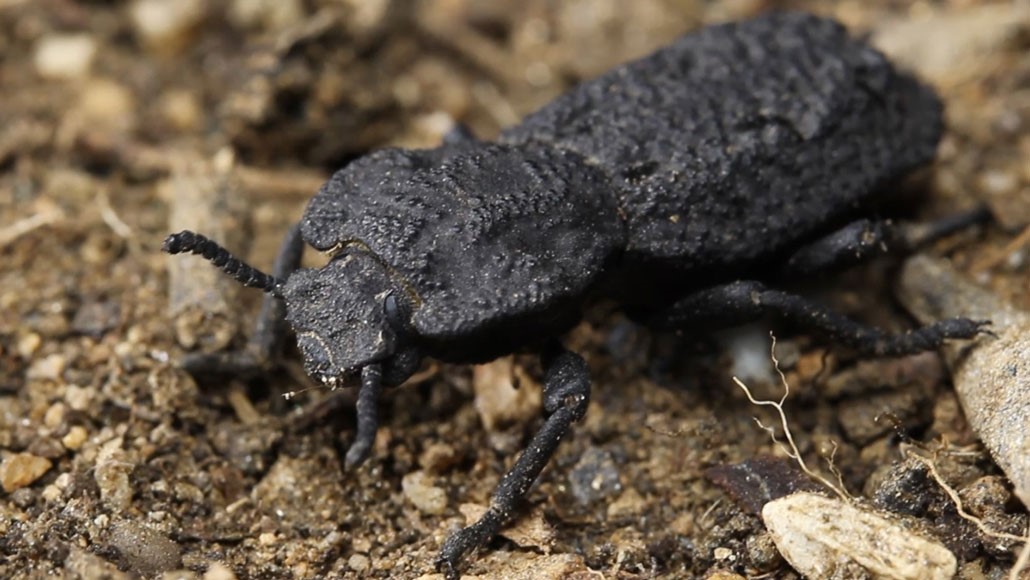The beetles are creatures with built-in body armor which provides protection to them from other species and adverse weather conditions. They are like small tanks covered with hard shells called exoskeleton that protects their soft bodies as they don’t have skeletons inside their body. Apart from functioning as a primary skin, the beetle’s exoskeleton offers other functions which involve functions such as sensory feedback and hydration control. The exoskeletons of many beetles are brightly colored and have patterns that help in visual communication with other beetles and other organisms. Ling Li, senior researcher and assistant professor of mechanical engineering, collaborated up with colleagues from six other universities to investigate the interplay between mechanical and optical performance in beetle exoskeletons.
His focus was on a specific species of the beetle called the flower beetle. It lives in the rainforests of Southeast Asia and is characterized by bright colors that range from deep blue to green, orange, and red, made of two main layers that combine for protection, communication, and moisture. Li and his team began their research with knowledge of the composition of the beetle shell: its outer exocuticular layer contains a unique microstructure that is only 1/30 millimeter thick, its composition is a stack of horizontal nanoscale layers to provide the exoskeleton with optical coloring and mechanical resistance at the same time.
In contrast to pigment-based coloring, the visual appearance of the flower beetle results from the microstructure of the exoskeleton. The Nano-layer area consists of two alternating material compositions that selectively reflect the light of specific colors.


